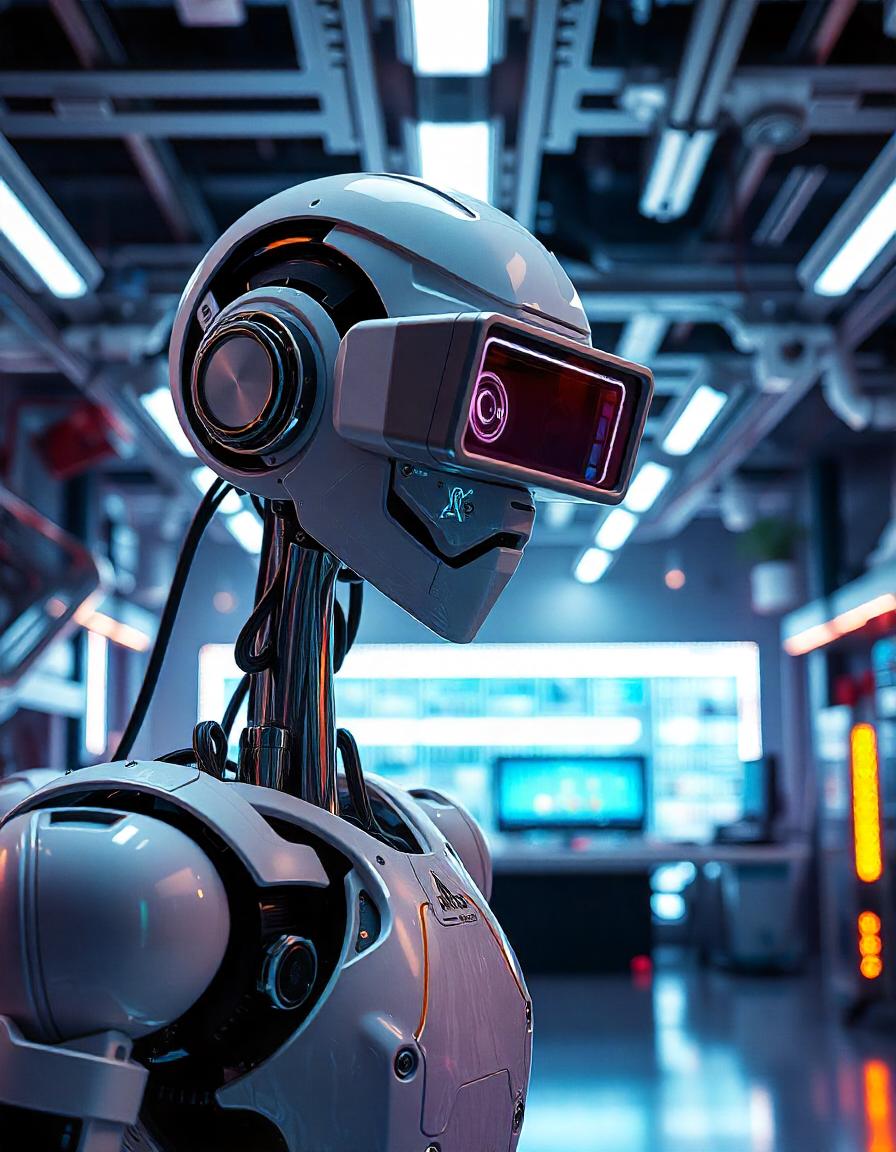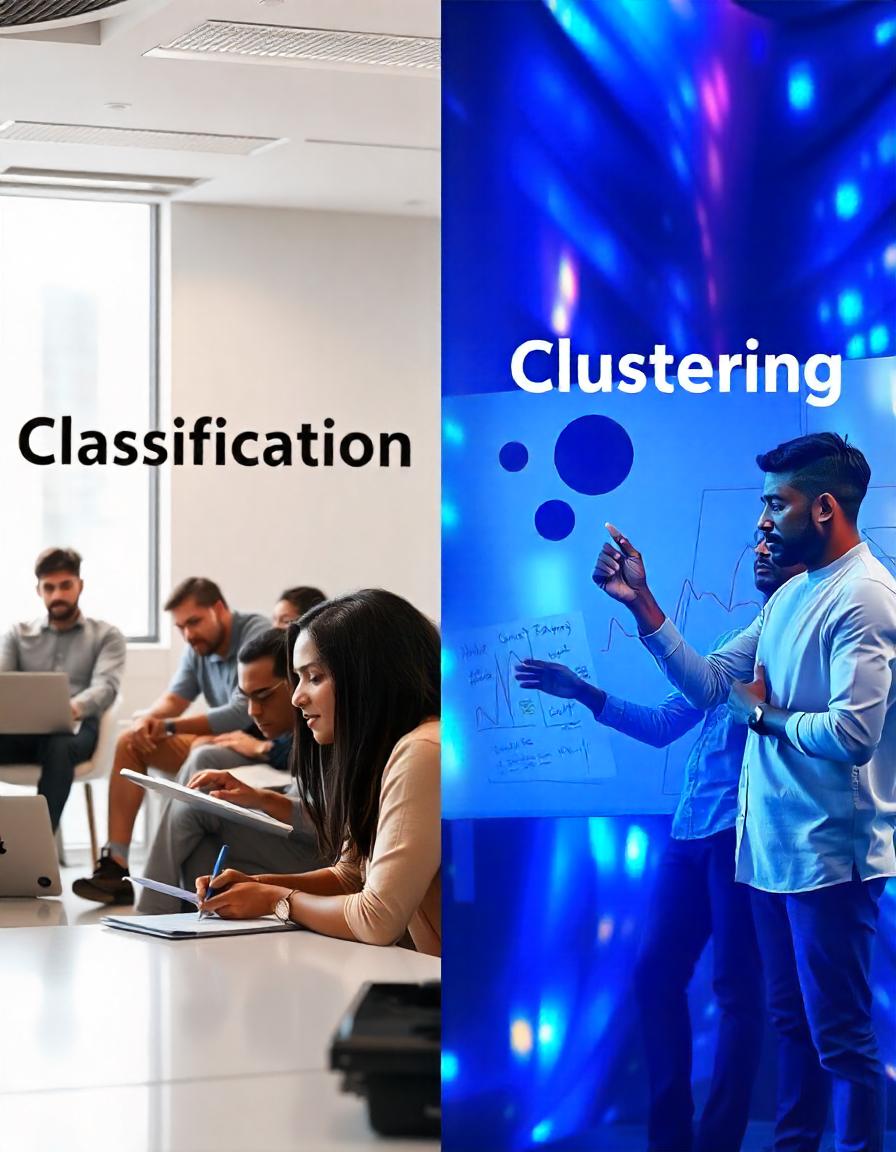In recent years, the integration of machine vision systems in robotics has revolutionized industrial processes, automating tasks that once required human intervention. From manufacturing to asset monitoring, these systems have expanded the possibilities for robots, making them more efficient, precise, and capable. In this article, we’ll explore the fundamentals of machine vision in robotics, its […]
Deep learning, a subset of machine learning, has revolutionized industries ranging from healthcare to manufacturing. At the heart of this transformation lies optimizers – key components that fine-tune deep learning models for superior performance. In this guide, we’ll explore what optimizers are, their significance, types, and how they influence the development of high-performing computer vision […]
Classification and clustering are two fundamental concepts in machine learning and data analysis. While both aim to categorize data, their methodologies and applications are distinct. This guide explores the key differences, real-world examples, and use cases of classification and clustering to help you choose the right technique for your project. What is Classification? Classification is […]
Medical imaging has long been a cornerstone of diagnostic medicine, enabling clinicians to visualize the internal structures of the body with remarkable detail. With the advent of deep learning, information processing in medical imaging has reached new heights, transforming accuracy, efficiency, and diagnostic capabilities. This article explores how deep learning is reshaping medical imaging and […]
Medical imaging is at the forefront of modern diagnostics, and deep learning has significantly enhanced its capabilities. Among recent advancements, the Modified Double U-Net architecture stands out for its exceptional performance in medical image segmentation. By stacking two U-Net architectures and introducing innovative features, it offers unparalleled accuracy and efficiency in detecting abnormalities. What is […]
In digital image processing, converting real-world images into a digital format is a crucial first step. Two essential processes, image sampling and quantization, allow computers to transform continuous, analog images into digital form that can be stored, processed, and analyzed. Together, these concepts are fundamental for creating digital images with accurate visual representations, impacting everything […]
In deep learning, having a large, diverse dataset is crucial for training high-performing models. However, gathering extensive data can be costly and time-consuming. This is where data augmentation in deep learning comes in, offering a cost-effective way to expand and diversify training datasets. By applying a variety of transformations to the existing data, data augmentation […]
In today’s data-driven world, businesses rely on data science to transform raw data into valuable insights. However, the process of cleaning, analyzing, and extracting insights from data is complex. This is where a structured pipeline for data scientists becomes crucial, offering a framework for handling data through various stages, ensuring efficiency and consistency. In this […]
Image segmentation in image processing is a fundamental technique that partitions an image into distinct regions to simplify analysis. By breaking an image into meaningful segments, this process enables more effective object detection, classification, and interpretation, paving the way for numerous applications across various industries. This guide provides a detailed overview of image segmentation, common […]










